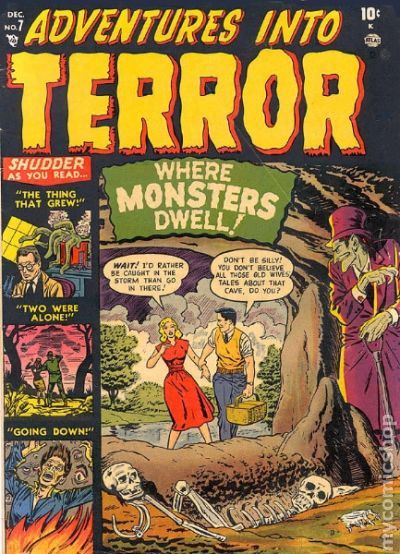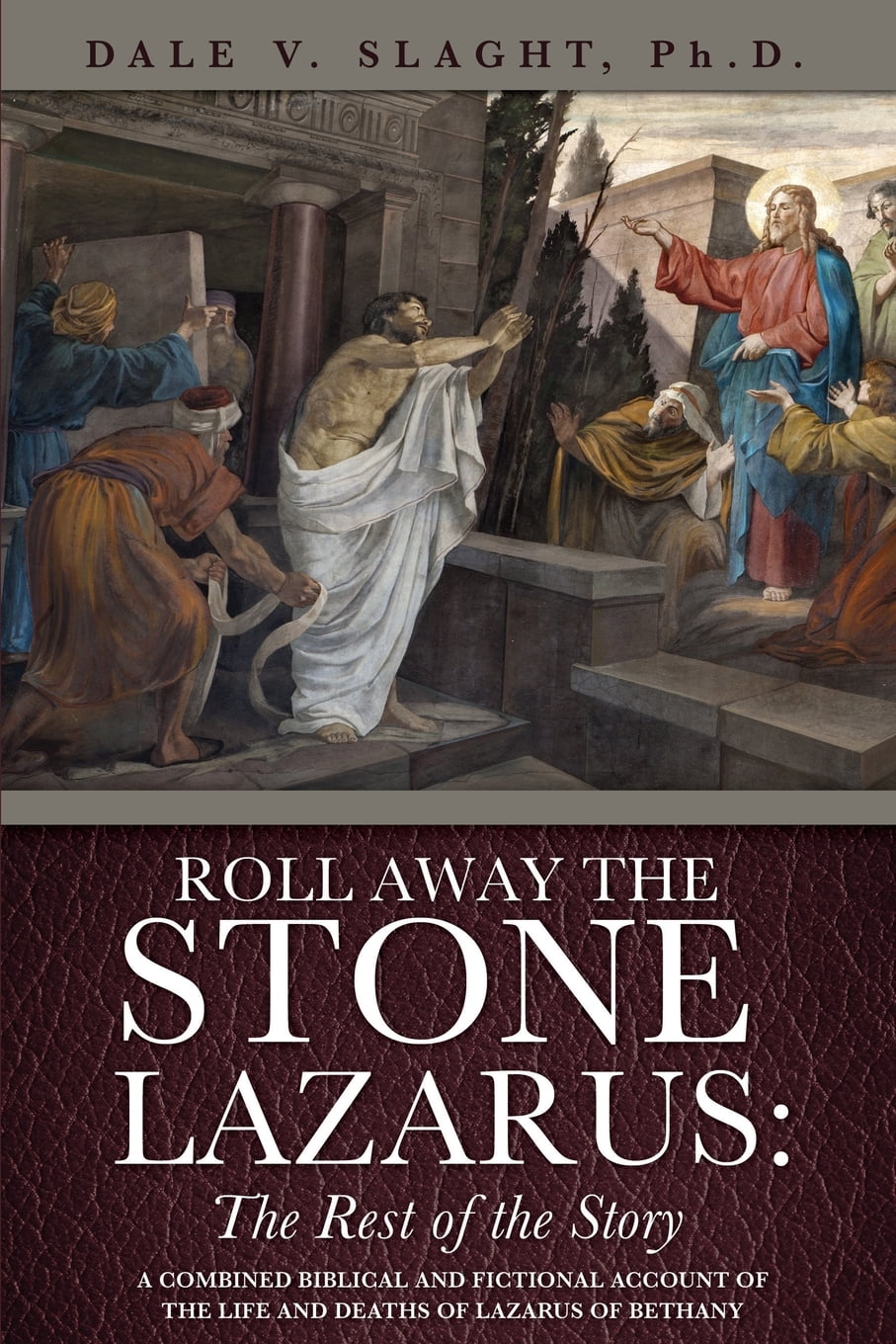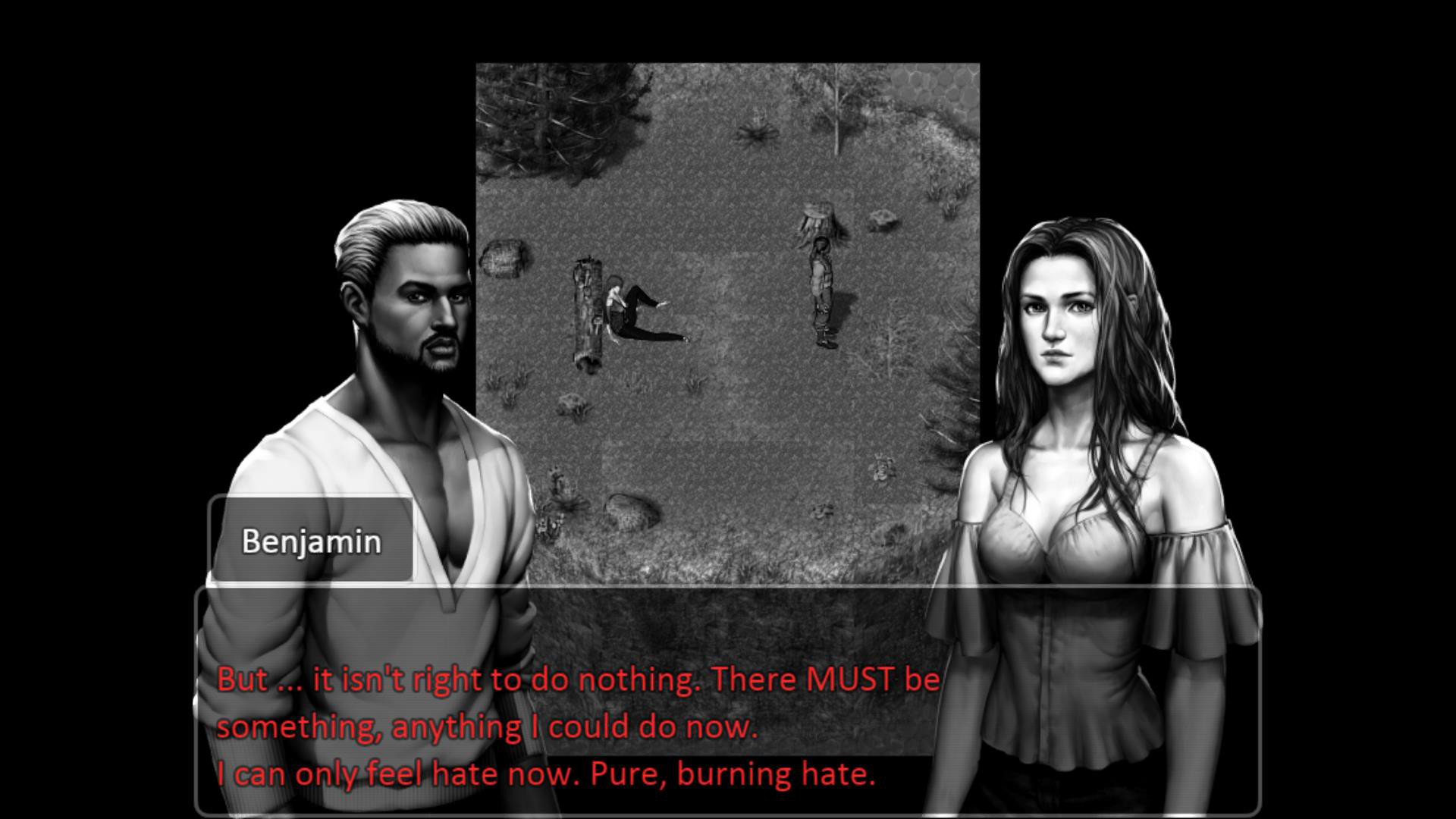

You know how it is at a funeral, when someone you love shows up, and you have this fresh wave of grief because your friend is there to grieve with you? I think it’s like that with Jesus. When Jesus, therefore, saw her weeping, and the Jews who had come with her also weeping, He was deeply moved in spirit and was troubled.” (Bold emphasis added.) Grieving over Unbelievers Therefore, when Mary came, where Jesus was, she saw him, and fell at His feet, saying to Him, ‘Lord if You had been here, my brother would not have died.” Then the Jews who were with in the house, consoling her, when they saw that Mary got up quickly and went out, they followed her, supposing that she was going to the tomb to weep there. John 11:30-34 says, “Now Jesus… was still in the place where Martha met Him. John first mentions they are there, and then pulls them into the story when Mary gets up to go meet Jesus. So what about these Jews – the extras – in our scene? What is John trying to show us? Maybe the main character does something surprising and a random woman looks over at him in surprise. You could take them out and still have the essential parts of the story.Īuthors and playwrights and movie directors often use extras in a scene to help us see something significant. And here’s what interests me: These Jews aren’t essential to the plot of the story. These guys are most likely the religious elite, and they’ve shown up to grieve with Mary and Martha. We might add in Thomas or the other disciples and what they thought about returning to Bethany at such a politically charged moment.īut let’s notice the Jews from Jerusalem, mentioned many times in the text. If we were to list out the characters, we’d start with Jesus, Lazarus, Martha and Mary. And he doesn’t just report that it happened, he tells us what happened in the form of a story.

So for whatever reason, the other writers don’t mention Lazarus’s death and resurrection, but John does. Of course, I’m not sure, but that’s a thought. Perhaps the other writers didn’t include this story because it might be more inflammatory for Lazarus. You can hear more about that, in my conversation with Mary.īut I’m just wondering if perhaps, by the time John is writing, if Lazarus is either safe or deceased. Politically, this was a problem, and they wanted to shut him up. He was not only raised, he was talking about it. Now remember, that after Jesus raised him from the dead, the Jews wanted to kill him. It’s interesting to me that only John includes this story of Lazarus. We talked about how the two types of people respond to Jesus.We talked about the characters in the story, and what the “extras” in the scene help us to see.GET YOUR FREE LIVE LIKE IT’S TRUE WORKBOOK I’m going to be talking through some of the story elements that we find in John 11 and 12, and then I’ll be retelling the True Story of Lazarus. In this True Story of Easter Series we’re talking through some pieces of the story which make us look at Jesus with jaw-dropping astonishment. Then when he shows up four days late, they say, “Jesus, if you were here…” They don’t say but seem to imply: “Why didn’t you come? Don’t you care?” Mary and Martha both know Jesus could have prevented their brother from dying, but he didn’t show up. The two women in our story today are experiencing this very thing. Music: Cade Popkin Music The True Story of Lazarus Comparison Girl: Lessons from Jesus on Me-Free Living in a Measure-Up World.Control Girl: Lessons on Surrendering Your Burden of Control From Seven Women in the Bible.Get your Freebie: The Live Like It’s True Workbook

Go HERE to find this episode on your favorite podcast app, including Apple, Google, Spotify, and more.


 0 kommentar(er)
0 kommentar(er)
